
OR
CPN (MC) finalizes list of candidates for 4 metropolises
Published On: May 2, 2017 05:03 PM NPT
KATHMANDU, May 2: The CPN (Maoist Center) has finalised the candidates to contend on behalf of the party in the upcoming local polls from four metropolitan cities.
As per the recommendations of the respective party's district committees, the party has decided to give a ticket in the election for the post of mayor from the Kathmandu Metropolitan City to Sarbottam Dangol while Sushila Poudel is fighting for the post of deputy–mayor.
Likewise, Dinesh Maharjan and Manjari Shakya are to compete for the post of mayor and deputy-mayor, respectively from the Lalitpur Metropolitan City on behalf of the election.
As per the party decision, Renu Dahal, party politburo member and the daughter of party chair and Prime Minister Pushpa Kamal Dahal has been chosen as the candidate for the election of mayor from the Bharatpur Metropolitan City while Ishwar Sapkota is to contend for the post of deputy-mayor from there.
The party has agreed on the nomination of Bishwa Prakash Lamichhane for the election of mayor from the Pokhara Lekhnath Metropolitan City, the largest metropolitan city in view of its area, and Goma Dhakal has been chosen as the candidate for the deputy-mayor. RSS
You May Like This

UML finalizes candidates for 3rd phase of local polls (with list)
KATHMANDU, Sept 5: Main opposition party CPN-UML has finalized a list of candidates for the third phase of local elections... Read More...
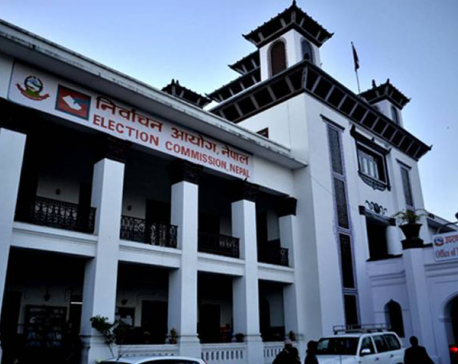
List of candidates for mayor and deputy mayor in 4 metropolises
KATHMANDU, May 2: The registration of nomination papers has ended for the local poll in 283 local levels including metropolises,... Read More...

CPN (MC) finalizes names of four ministers
KATHMANDU, Aug 14: Prime Minister Pushpa Kamal Dahal has finalized the names of four ministers from his party in a... Read More...
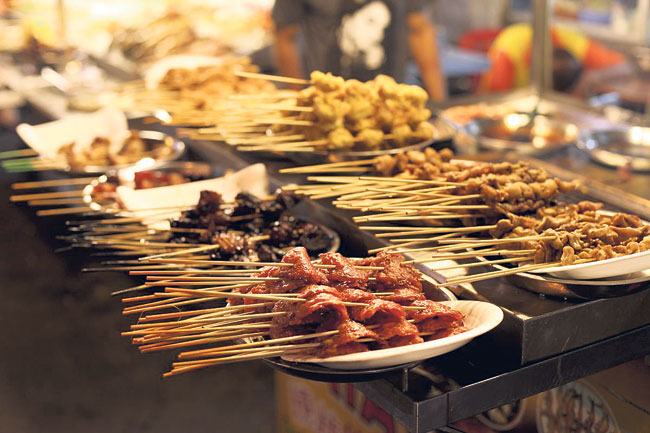
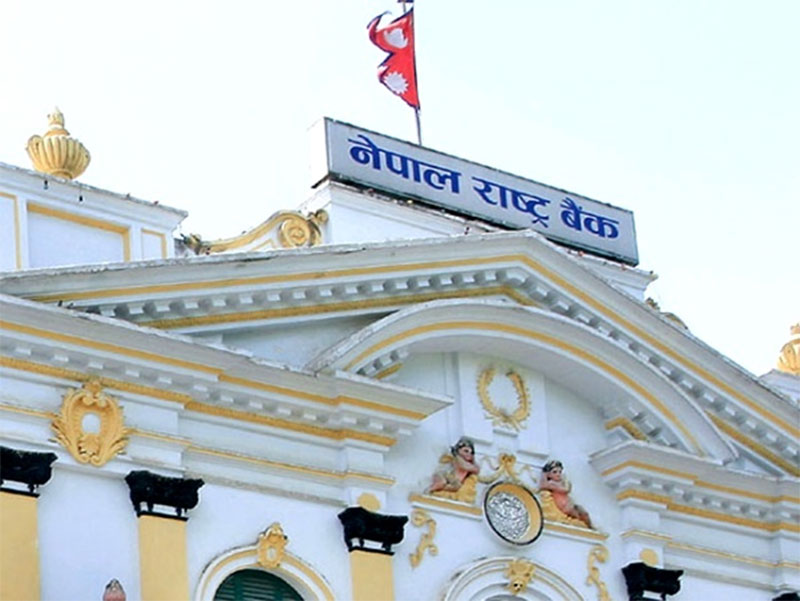


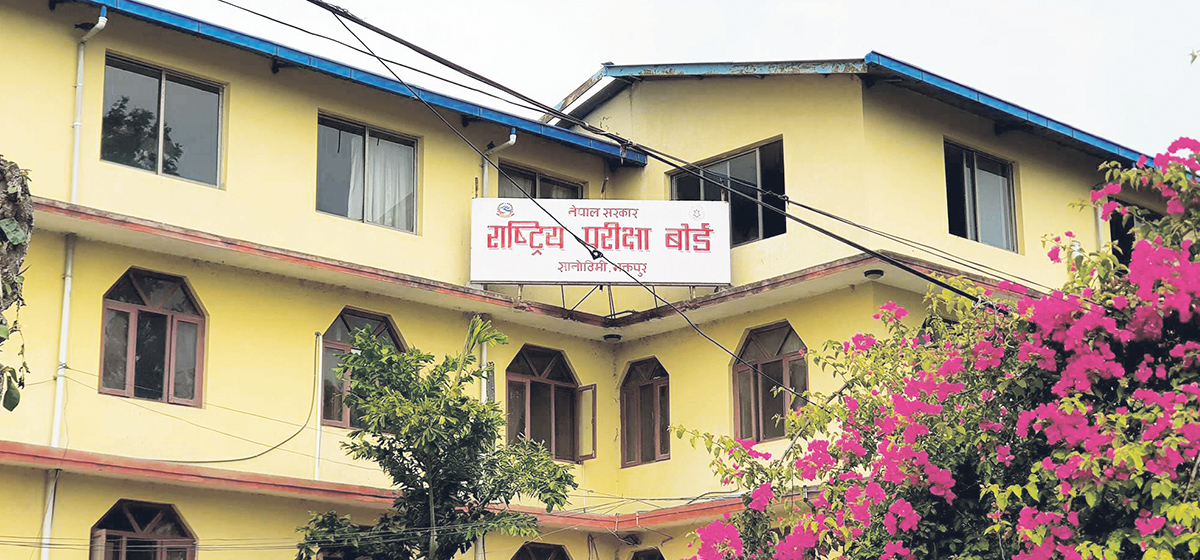

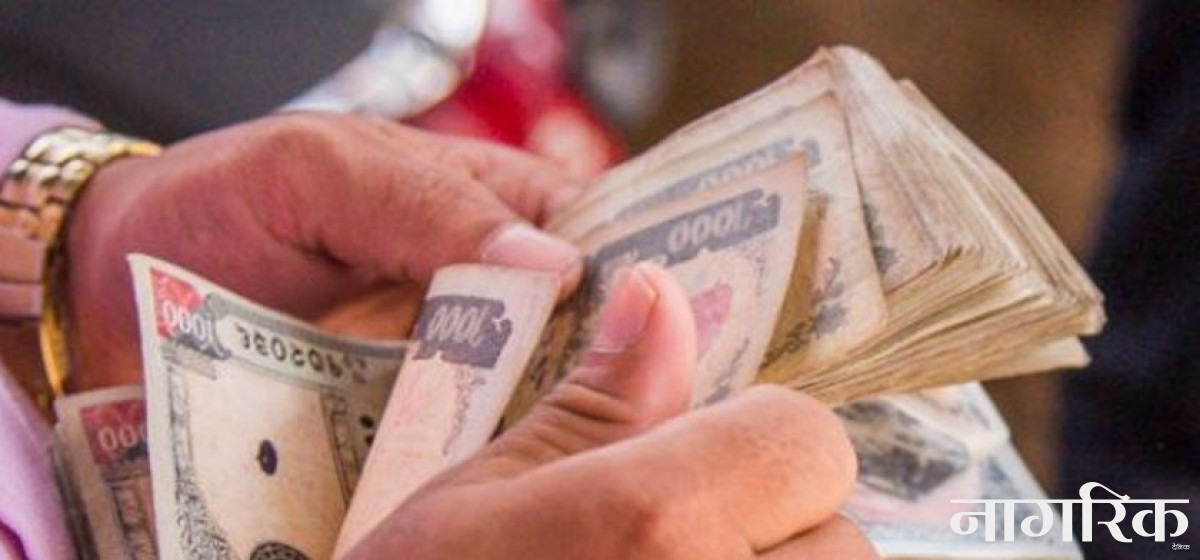
Just In
- NRB to provide collateral-free loans to foreign employment seekers
- NEB to publish Grade 12 results next week
- Body handover begins; Relatives remain dissatisfied with insurance, compensation amount
- NC defers its plan to join Koshi govt
- NRB to review microfinance loan interest rate
- 134 dead in floods and landslides since onset of monsoon this year
- Mahakali Irrigation Project sees only 22 percent physical progress in 18 years
- Singapore now holds world's most powerful passport; Nepal stays at 98th



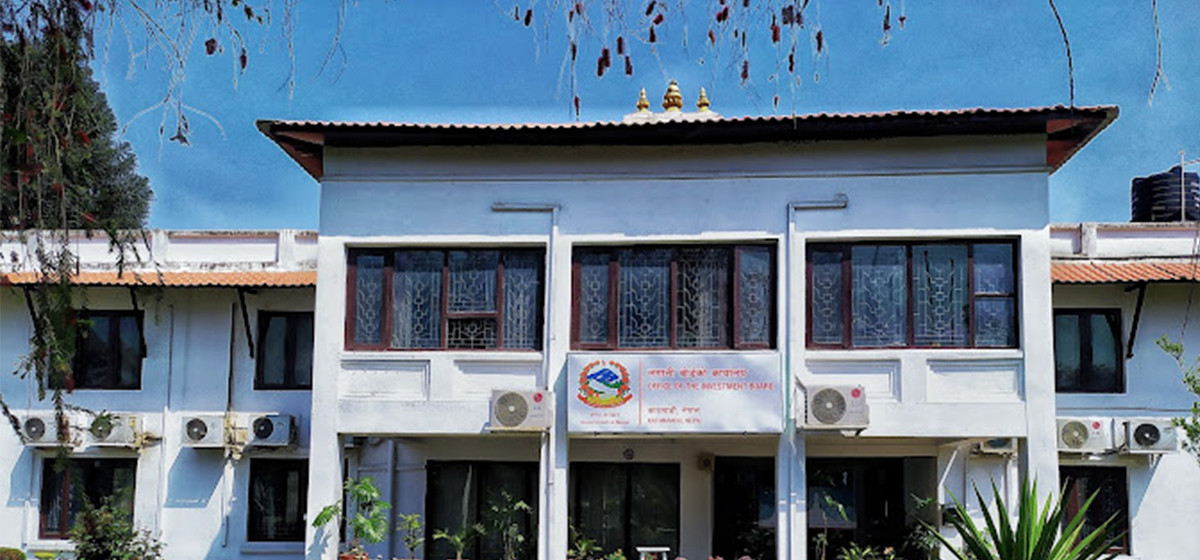


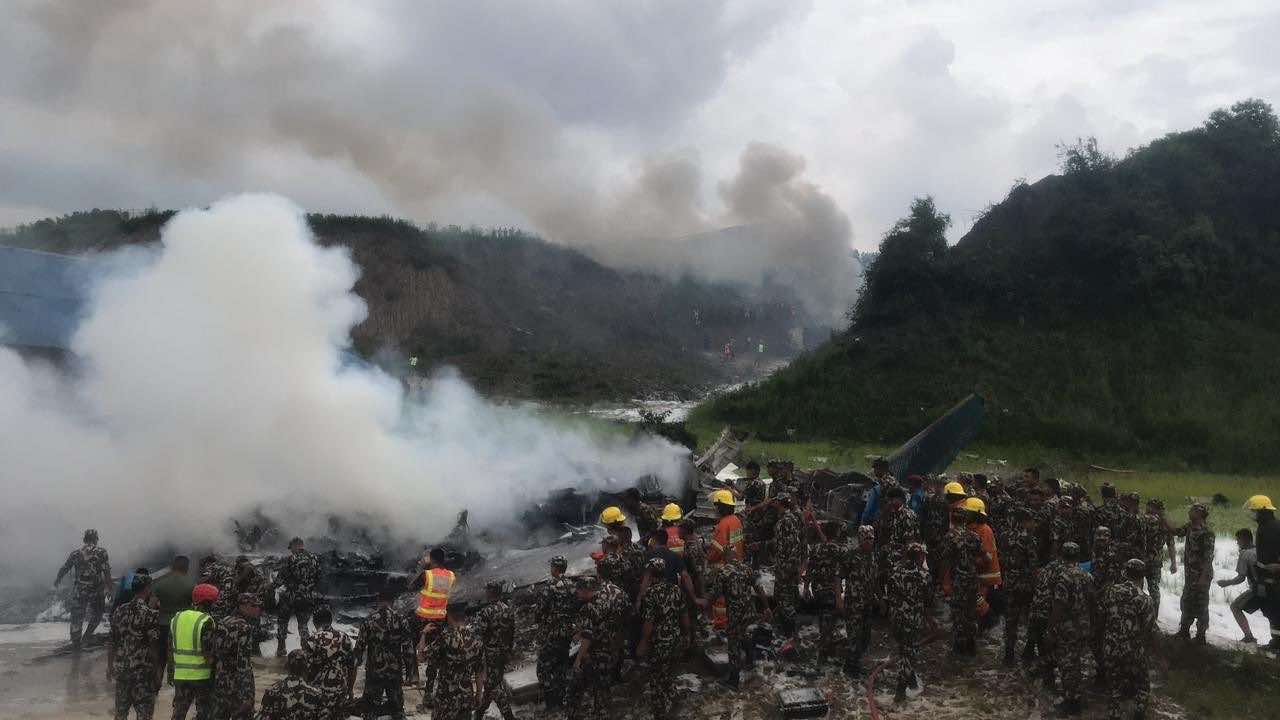
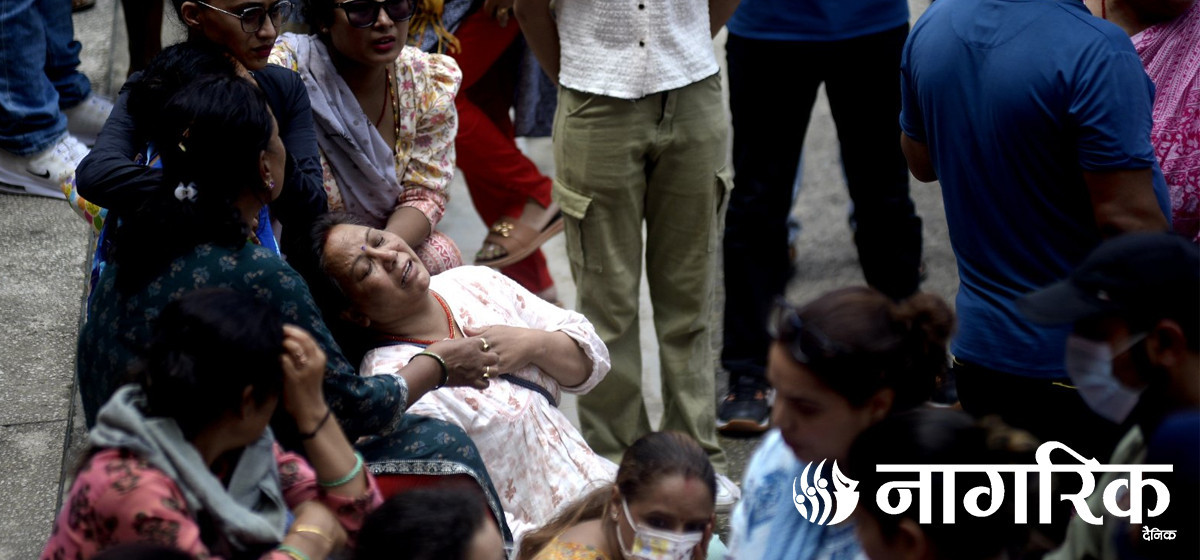



Leave A Comment